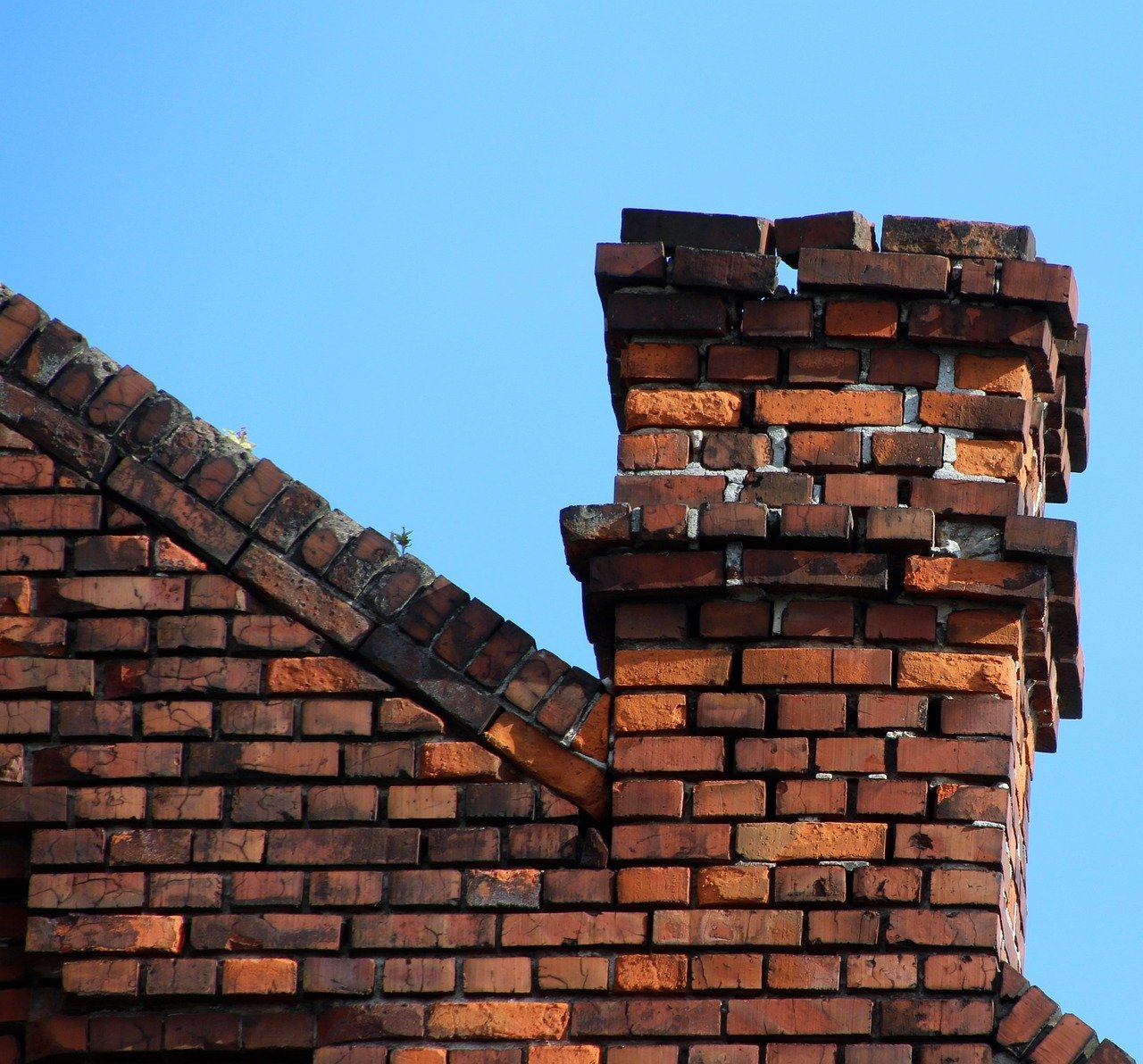Top Causes of Chimney Leaks and How to Fix Them
A leaky chimney is more than just a nuisance—it can lead to water damage, structural issues, and costly repairs if left unaddressed. Chimney leaks can be caused by several factors, from faulty construction to natural wear and tear. Identifying the source of the leak is the first step toward fixing it and protecting your home. Here are the top causes of chimney leaks and what you can do to resolve them.
1. Cracked Chimney Crown
The chimney crown is the concrete or masonry slab that covers the top of your chimney, protecting it from rain, snow, and debris. Over time, exposure to weather can cause the crown to crack or deteriorate, allowing water to seep inside the chimney. This is one of the most common causes of chimney leaks. How to Fix It: Have a professional inspect and repair the chimney crown. Small cracks can be sealed with a waterproof crown coating, while severely damaged crowns may need to be rebuilt.
2. Damaged Flashing
Flashing is the metal seal that connects the chimney to your roof, creating a watertight barrier. If the flashing is improperly installed, rusted, or damaged, water can leak into the joint between the chimney and the roof, causing leaks and water damage. How to Fix It: Flashing issues require professional repair. A chimney expert can replace damaged flashing and ensure it is properly sealed to prevent future leaks.
3. Missing or Damaged Chimney Cap
A chimney cap is a protective cover that sits on top of the chimney to keep rain, snow, and debris out. If the cap is missing, damaged, or poorly fitted, water can enter directly into the flue, leading to leaks and potential damage. How to Fix It: Install or replace the chimney cap. Choose a high-quality cap that fits securely and provides adequate coverage.
4. Worn-Out Mortar Joints
Mortar joints are the spaces between the bricks or stones that make up your chimney. Over time, weather and moisture can cause the mortar to erode, creating gaps where water can penetrate. This can lead to leaks and weaken the chimney’s structural integrity. How to Fix It: Repointing is the process of removing damaged mortar and replacing it with fresh mortar. This should be done by a professional mason to ensure the chimney is restored to its original strength and watertightness.
5. Porous Brick or Masonry
Bricks and mortar are porous materials that can absorb water. Without proper sealing, rain and snow can saturate the masonry, leading to leaks, spalling (flaking or crumbling bricks), and freeze-thaw damage. How to Fix It: Apply a breathable waterproofing sealant to the exterior of the chimney. This prevents water from penetrating the bricks while allowing trapped moisture to escape.
6. Faulty or Missing Chimney Liner
The chimney liner protects the interior walls of the chimney from heat and corrosive byproducts of combustion. If the liner is damaged or missing, it can allow water to seep through the chimney walls, leading to leaks and further deterioration. How to Fix It: Have the chimney liner inspected by a professional. If it is cracked or missing, consider having it repaired or replaced with a durable stainless steel liner.
7. Roof or Gutter Issues
Sometimes, the source of a chimney leak isn’t the chimney itself but the surrounding roof or gutters. Clogged gutters or a poorly maintained roof can allow water to pool near the chimney base, eventually seeping into the chimney structure. How to Fix It: Inspect and clean your gutters regularly to ensure proper drainage. Have your roof checked for damaged shingles or other issues that may contribute to water pooling near the chimney.
8. Condensation Issues
If your chimney isn’t properly vented or insulated, condensation can form inside the flue. This is particularly common with gas appliances that produce water vapor as a byproduct of combustion. How to Fix It: Improve the chimney’s ventilation or install a chimney liner to prevent condensation. A professional can help identify the best solution based on your specific chimney and heating system.
How to Prevent Chimney Leaks
Schedule Annual Inspections: Regular inspections can catch small issues before they become major problems. Invest in Waterproofing: Applying a waterproof sealant to the chimney can protect it from moisture damage. Maintain Chimney Caps and Flashing: Ensure these components are in good condition to keep water out. Clean Your Gutters: Proper drainage prevents water from pooling near your chimney.
Don’t Let Chimney Leaks Ruin Your Home
Chimney leaks can cause extensive damage if not addressed promptly, but with regular maintenance and professional care, they are entirely preventable. Whether it’s a cracked crown, damaged flashing, or worn mortar joints, Canterbury Chimney Sweeps has the expertise to diagnose and fix your chimney leaks. Contact Canterbury Chimney Sweeps today to protect your home from water damage and keep your chimney in top condition.

